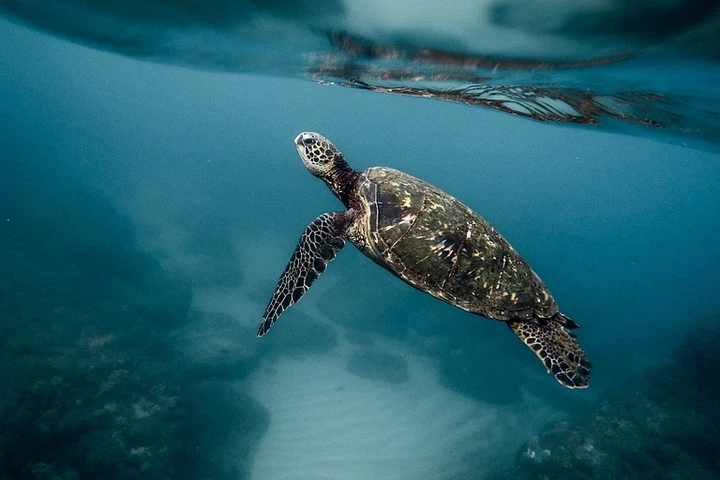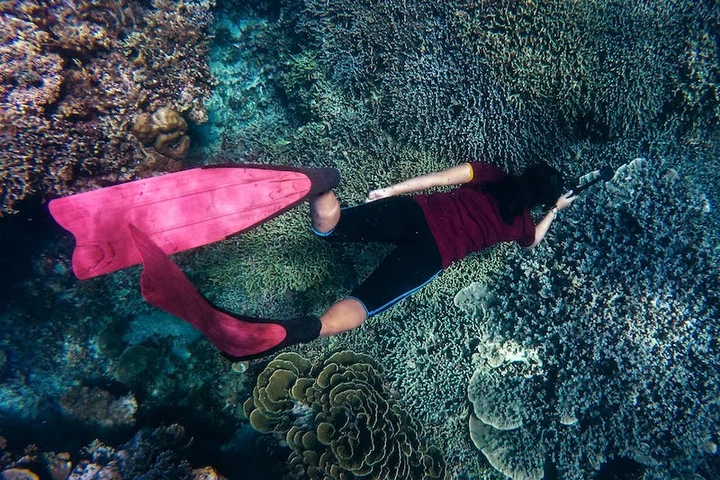Many adrenaline seekers consider freediving to be one of their favorite pastimes. It is a sport in which you just hold your breathe and dive without supplying oxygen. Freediving involves extensive training as well as focus, involving extended periods of holding your breath and constant pressure fluctuations as you dive deeper. It is not an exaggeration to state that freediving is an intense sport that needs on-going practice and training.
How to Free Diving?
The Diver Mammal Reflex is the key to freediving. This reaction is one that may be established via education and study. The primary purpose of an athlete's training is the strengthening of this response. This is known as the diving reflex of animals, and it is a type of response that protects people (mammals). This is accomplished by lowering the heart rate and indirectly weakening the cardiovascular system as a result of higher pressure and decreased oxygen content while entering the water. When circulatory weakens, the brain uses the remaining oxygen rather than other organs. This is why freediving allows you to hold your breathe for significantly longer amounts of time than typical.
Diving aficionados, often known as scuba divers, are beginning to prioritize Turkey and the world's most recognized diving destinations. Aside from the colourful fish that inhabit the water, there is plenty to discover, including animals, coral reefs, ancient cities, and meteorite craters.

Cocos Island
Cocos Island is located in the Pacific Ocean, 300 miles southwest of Costa Rica. Numerous great white sharks, shoals of shark species, dolphins, manta rays, marble stingrays, enormous moray eels, and the rare whale shark are among the undersea residents of Cocos. Cocos Island also has 27 indigenous fish species, including the rare red-lipped bat. On land, you may indeed witness a great diversity of vegetation and birds. In this one-of-a-kind location, scuba diving can be a lot of fun.
Great Barrier Reef
The Great Barrier Reef, measuring 344,400 km2, is the sole biological object seen from space and one of nature's grandest treasures. The Great Barrier Reef is an incredible natural phenomenon. The Great Barrier Reef is home to numerous whales, including several endangered marine mammals like as minke whales, humpback whales, and dugongs, as well as six species of sea turtles, reefs, sharks, manta rays, and jellyfish.
Ras Mohammed National Park
Among some of the scuba diving options, Ras Mohammed National Park is noteworthy. Ras Mohammed National Park, situated in Egypt's southern Sinai Peninsula, nearby the famed resort of Sharm el-Sheikh, is popular with explorers. This is the world's second most stunning diving location, according to Egyptians and many dive trainers, behind Australia's Great Coral Reef. Whenever it came to aquatic life, Egypt's finest maintained national park is exceptionally abundant and colourful. It is home to over 1000 different fish species, as well as over 200 different types of both hard and soft reefs.
Ambergis Caye
Ambergris Caye, situated on Belize's northern coast, is a popular and perfect location for outdoorsy types and scuba divers. The water and life are intricately interwoven on this territory, which is home to the world's second biggest coral reef.

Silfra Crack
This unique encounter may be had on Iceland's Silfra Rift at Thingvellie Nature Park. The Silfra Fissure, among the most popular freediving destinations, provides extraordinary experience. The water in this fissure between both the American and Eurasian plate is regarded to be among the purest in the globe. This pure water is generated when glacier water falls into the lake after passing through layers of lava. The clarity of the clean water and the vertigo sensation are the most stunning aspects of scuba diving there.


